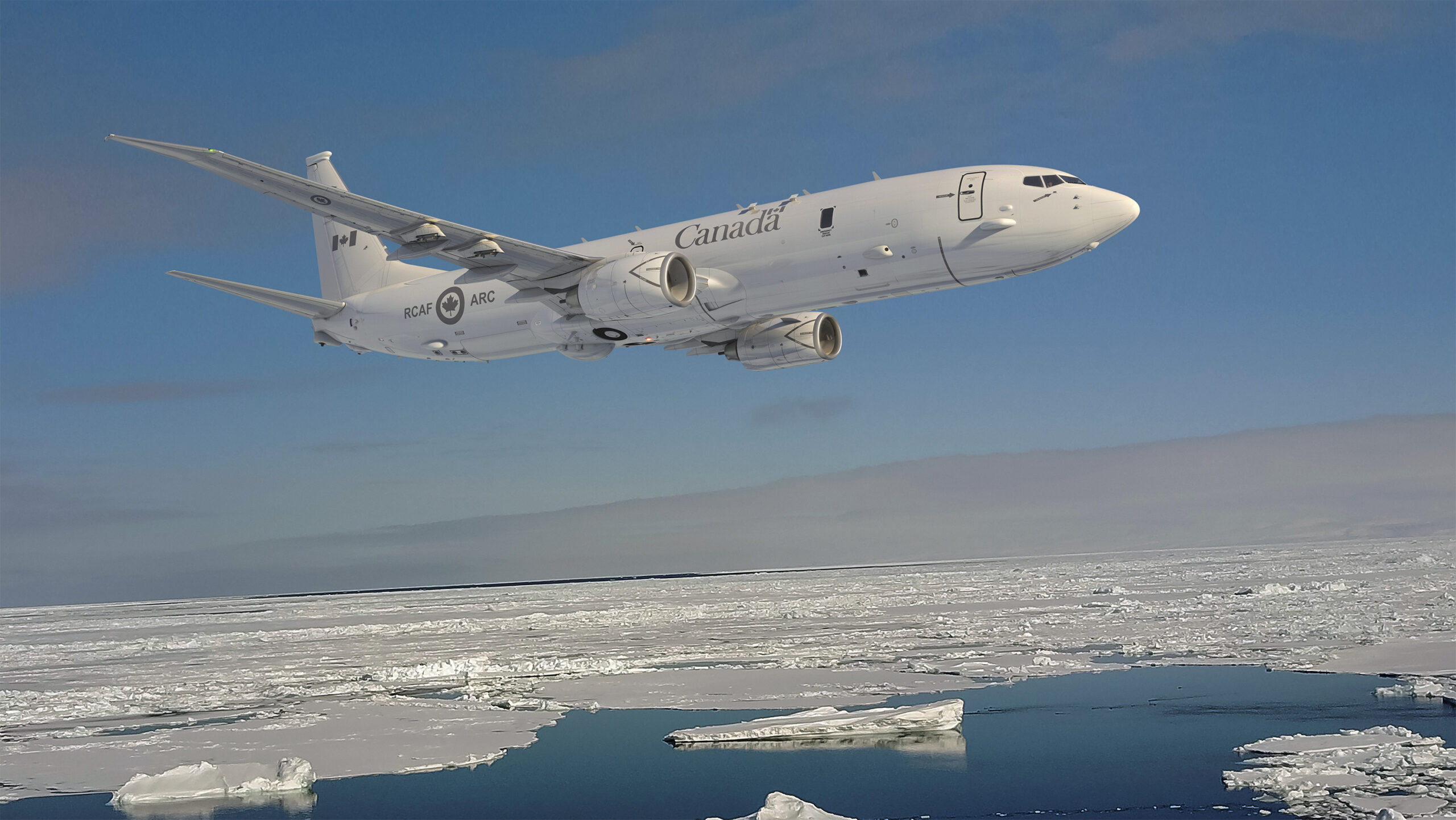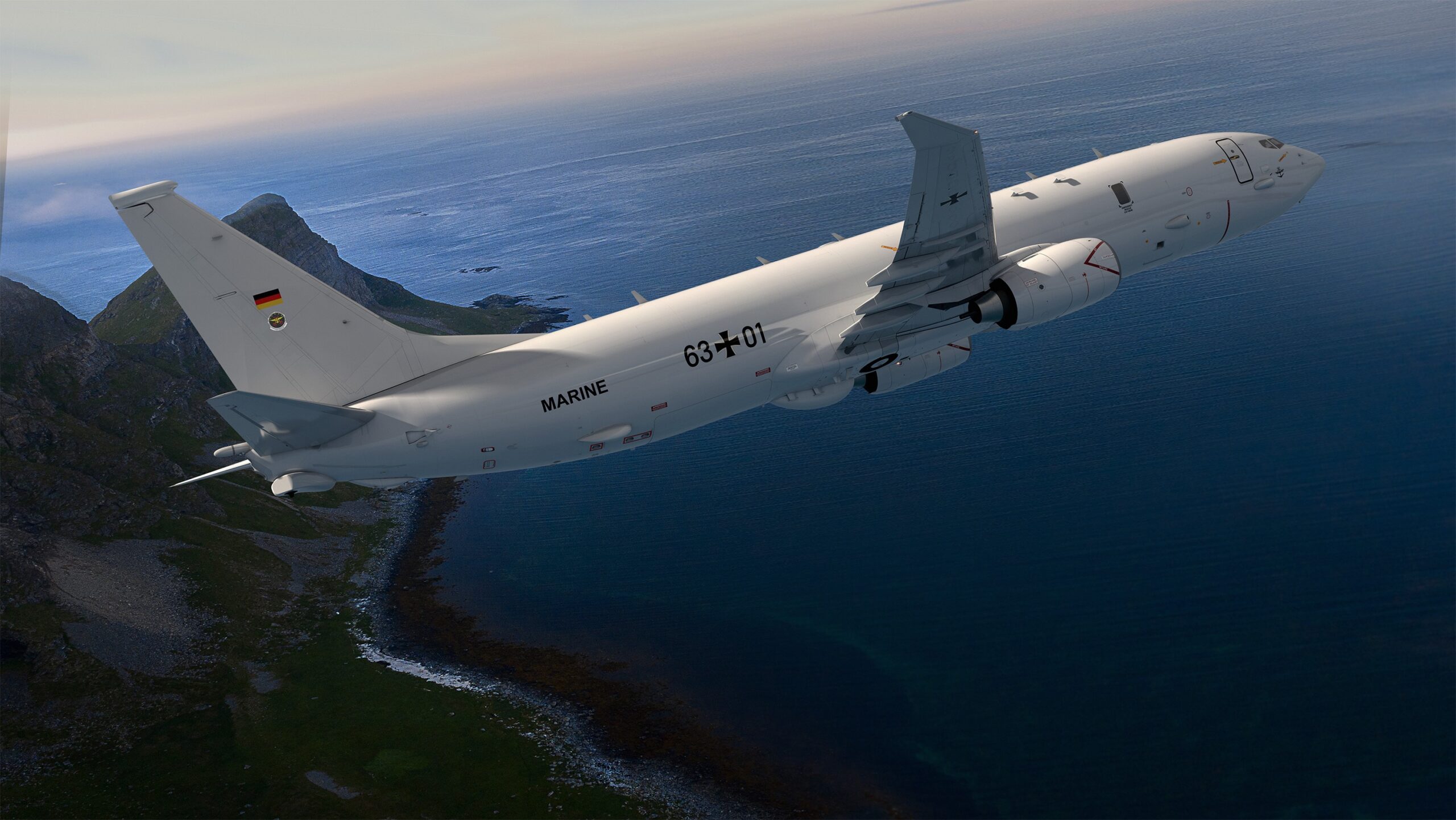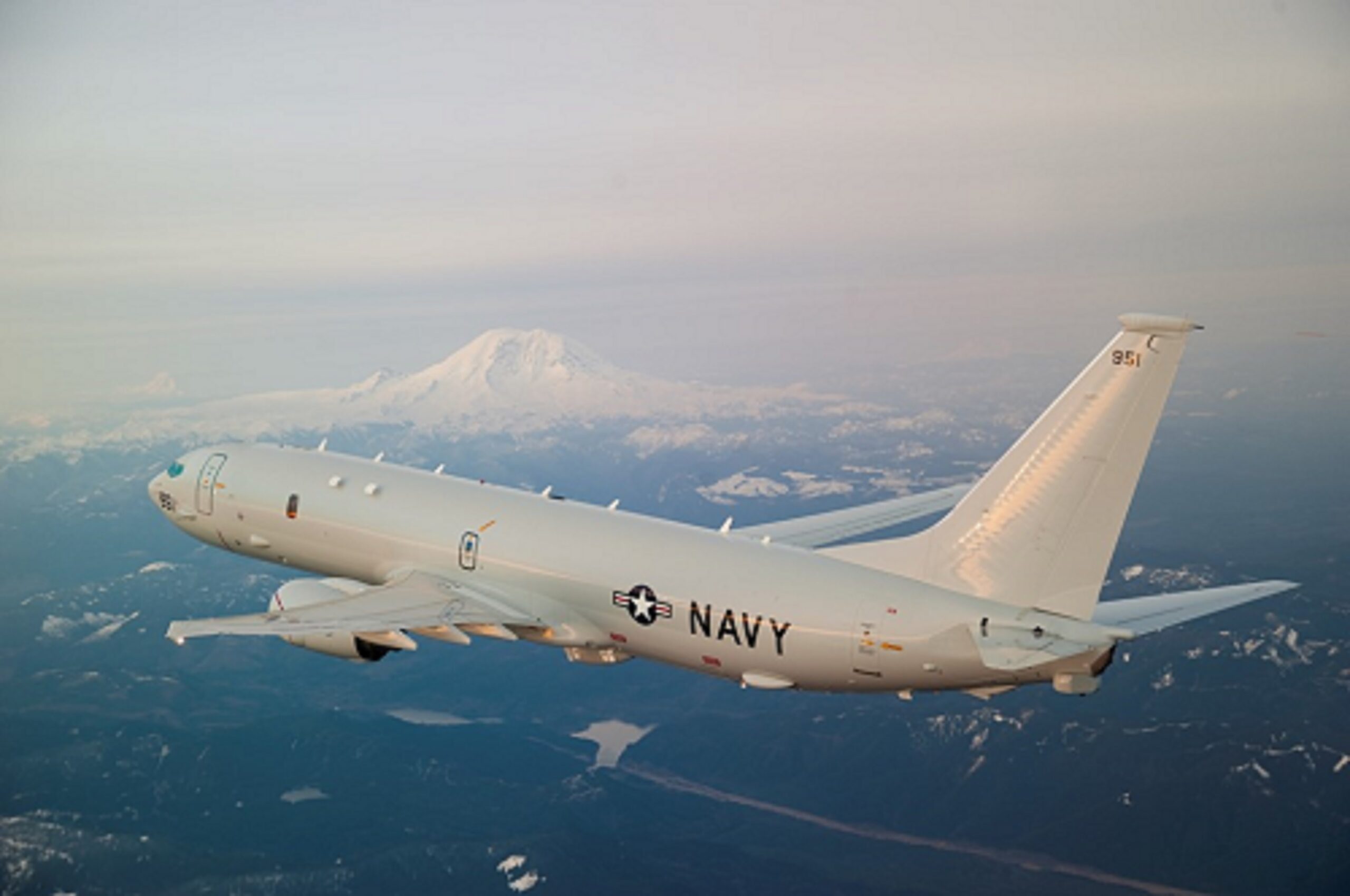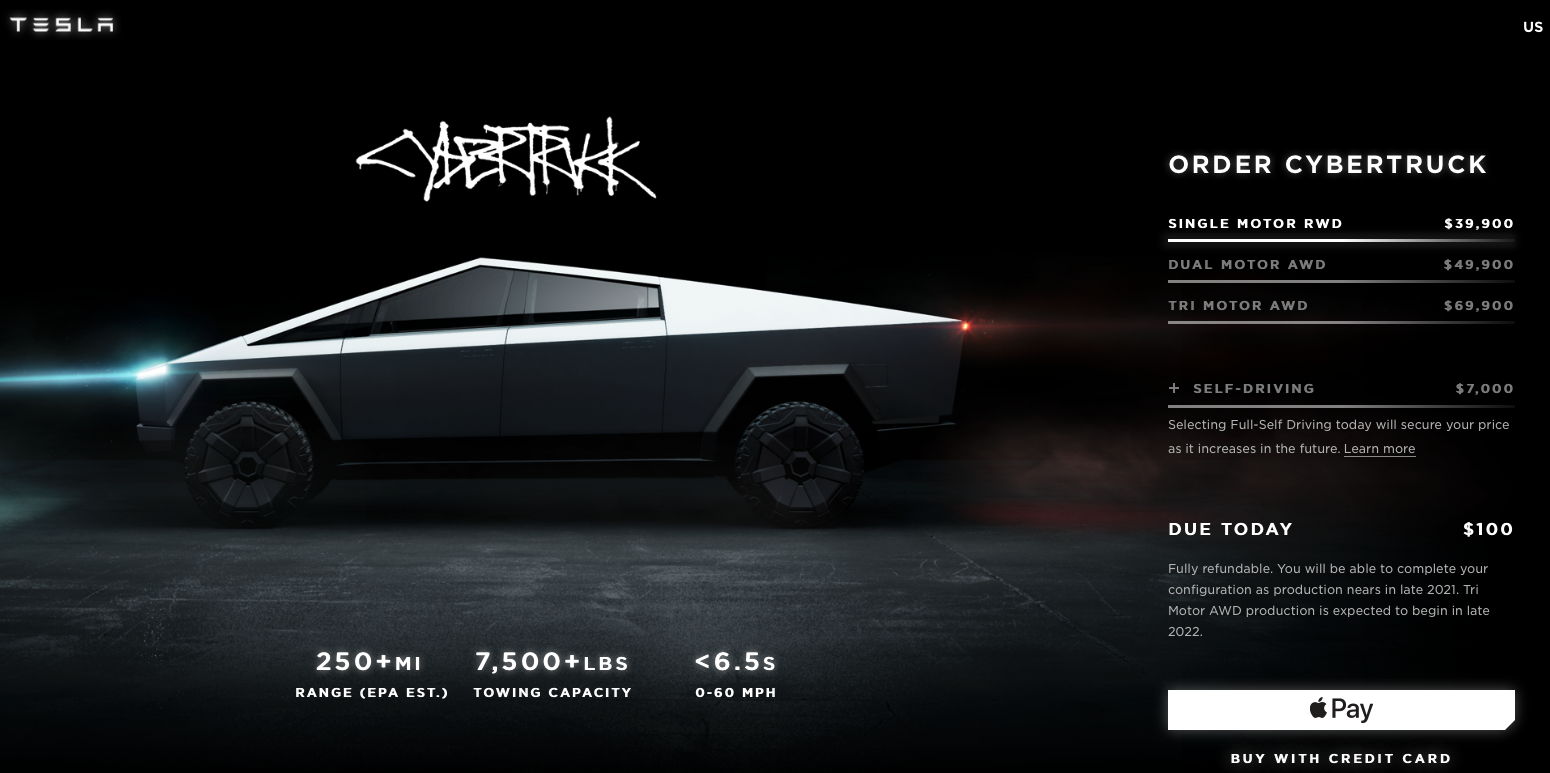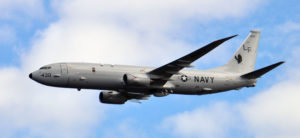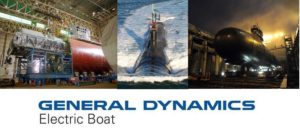Ottawa, Ontario, June 1, 2022 – Boeing [NYSE: BA] and several Canadian industry partners announced today their intent to collaborate to provide the capability and sustainability of the proven P-8A Poseidon for the Canadian Multi-Mission Aircraft (CMMA) requirement.
Team Poseidon, consisting of CAE, GE Aviation Canada, IMP Aerospace & Defence, KF Aerospace, Honeywell Aerospace Canada and Raytheon Canada, forms the cornerstone of a Canadian P-8 industrial footprint. The team builds on 81 Canadian suppliers to the platform and to more than 550 Canadian suppliers across all provinces contributing to Boeing’s annual CAD $5.3 billion in economic benefit to Canada, supporting more than 20,000 Canadian jobs.
The Boeing P-8A is a proven military off-the-shelf solution with nearly 150 aircraft delivered to five nations to date. The P-8 will improve Canada’s capability to defend its northern and maritime borders while ensuring interoperability with NORAD and NATO allies. As a leading platform for reducing the environmental impact of military aircraft, the P-8 can operate on a 50% blend of sustainable aviation fuel today with aspirations to move toward 100% with investment in new technology.
The P-8A Poseidon offers advanced anti-submarine warfare, anti-surface warfare, intelligence, surveillance and reconnaissance, and search and rescue capability, and is the only in-service, in-production multi-mission aircraft that meets all CMMA requirements. The P-8 also has the added distinction of strengthening the connection between national security and environmental stewardship.
Having executed more than 450,000 collective mishap free flight-hours, the P-8A Poseidon has proven its capability to operate around the globe in the harshest flight regimes including extended operations in extreme cold weather and icing environments.
Current Boeing P-8 customers include the US Navy, Indian Navy, Royal Australian Air Force, Royal Air Force, Royal Norwegian Air Force, Royal New Zealand Air Force, Republic of Korea Navy and Germany Navy.
Built on the proven 737 Next-Generation airframe, P-8’s 86% commonality with more than 4,000 in-service 737NGs delivers lower life-cycle sustainment costs due to large economies of scale.
